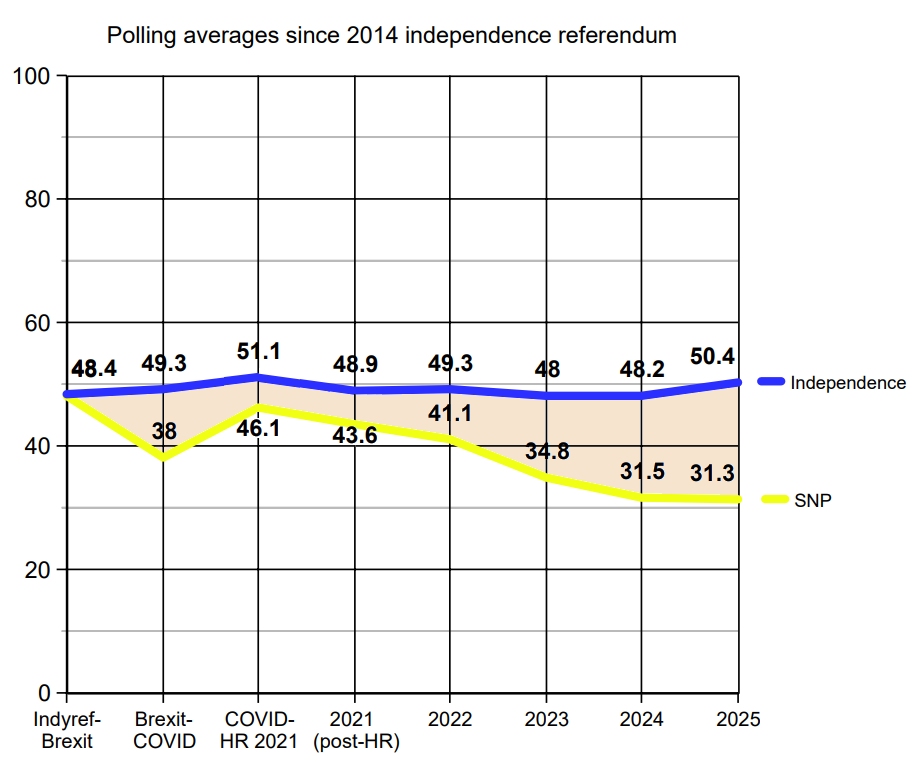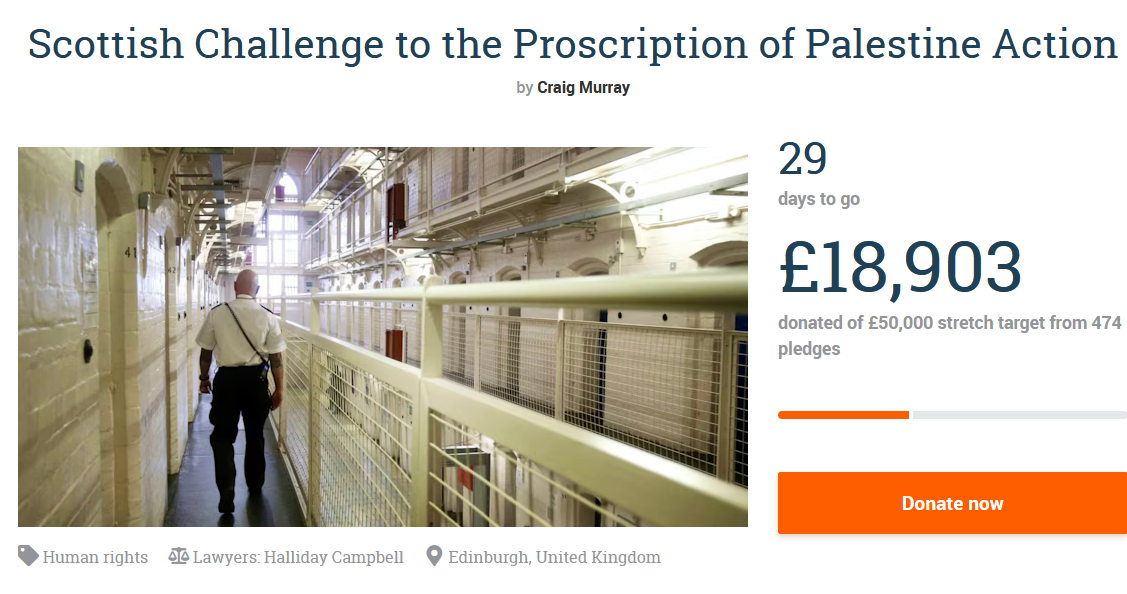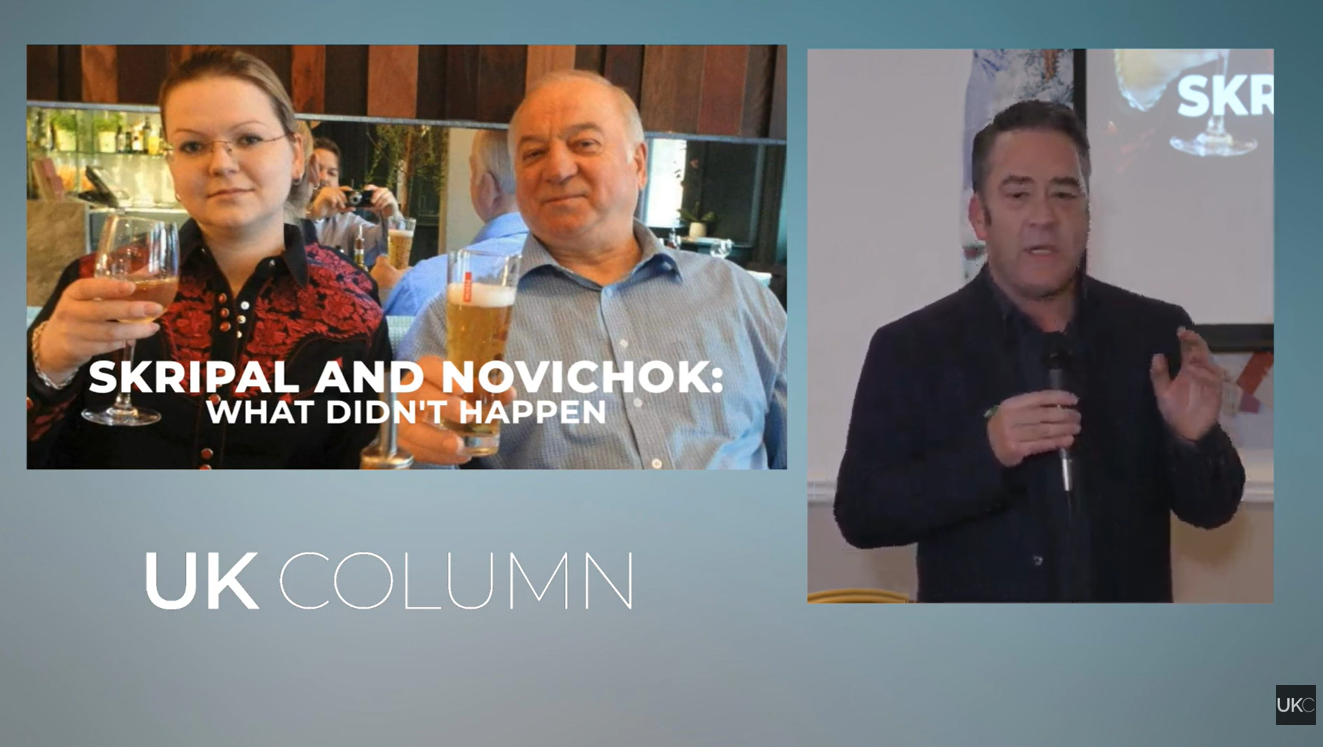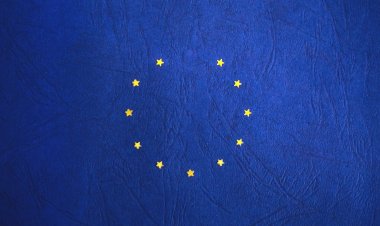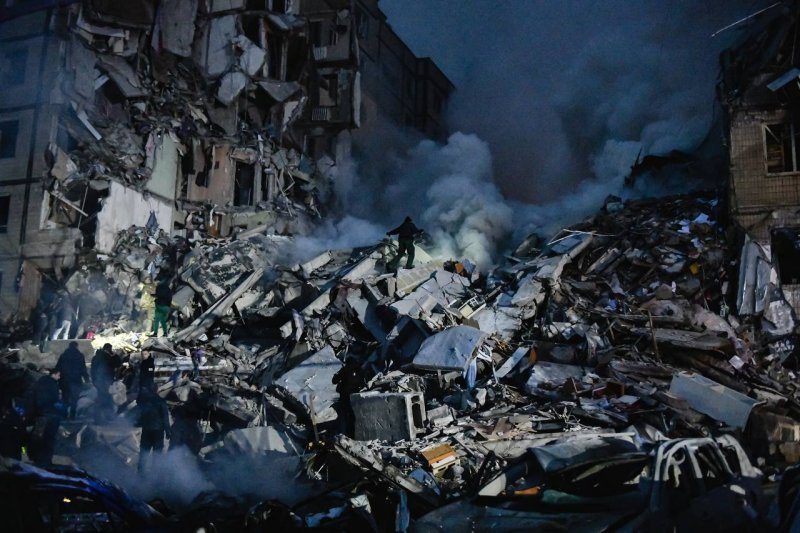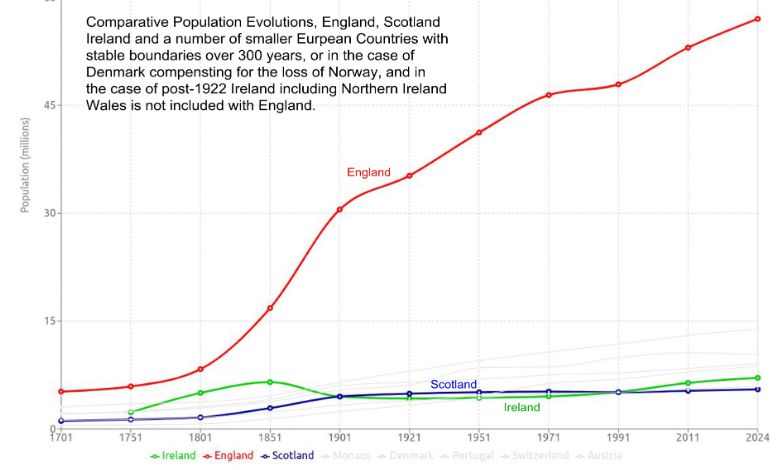Kashmir and the Indus
India’s Hindutva President, Narendra Modi, has used the Kashmir terrorism incident to abrogate the 1960s Indus Waters Treaty – a longstanding goal of Modi. The Indian version of the “terrorist attack”, most of whose victims were Muslim, has largely been accepted by Western governments without evidence. False flags abound nowadays. You may recall that we […] The post Kashmir and the Indus appeared first on Craig Murray.
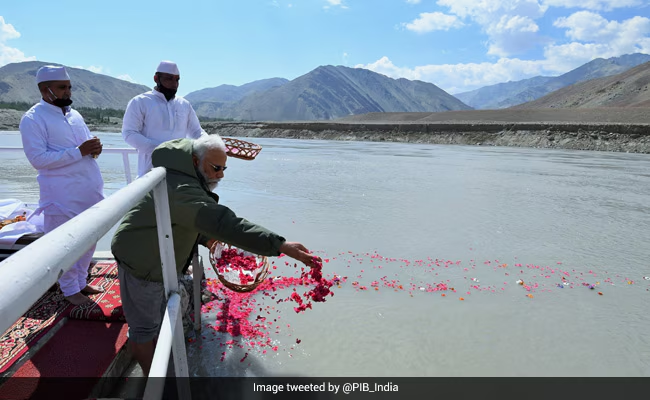
India’s Hindutva President, Narendra Modi, has used the Kashmir terrorism incident to abrogate the 1960s Indus Waters Treaty – a longstanding goal of Modi. The Indian version of the “terrorist attack”, most of whose victims were Muslim, has largely been accepted by Western governments without evidence.
False flags abound nowadays. You may recall that we were told that the most deadly rocket ever fired by Hamas killed only Palestinians in a hospital compound, while the most deadly rocket ever fired by Hezbollah killed only Druze children. I have at present an open mind about what occurred in Kashmir.
It is however certain that tearing up the Indus Waters Treaty is a long term Modi goal. The Indus supplies 80% of Pakistan’s agricultural water, and the supply is already insufficient, with disastrous salination of the lower reaches of the river as the sea creeps into the areas once occupied by the mighty flow. I visited the area of lower Sind five years ago and witnessed the fields encrused with white salt.
India controls the upstream flow into Pakistan of approximately 70% of the total water of the Indus, about 55% of all of Pakistan’s agricultural water.
In September 2016 in response to earlier violence in Kashmir, Modi initiated his slogan “Blood and water cannot flow together” and threatened to cut the Indus supply. He increased India’s out-take from the Ravi, Beas and Sutlej tributaries and restarted the Tulbul canal project. In both 2019 and 2022 while campaigning in Haryana, Modi made strong speeches threatening to cut off the water “wasted on Pakistan”.

In 2023 Modi issued formal notice to Pakistan of India’s desire to renegotiate the Indus Waters Treaty and repeated this in 2024 when Pakistan did not respond. On both occasions India cited “counter-terrorism” as one of three reasons for review (the others being environmental protection and hydro-electric generation). As counter-terrorism can scarcely be linked to agricultural water allocation, this illustrates Modi’s grandstanding approach.
Modi does not have the physical power to stop the Indus, but does have the ability short term to divert more of the river to Indian irrigation and storage, sufficient to cause some immediate distress in Pakistan. Indian media are already thrilled with the idea. But long term major reblancing of the river water allocation would require substantive new infrastructure in India. SUch projects however would be both economically viable and likely wildly popular with Modi’s Hindutva base both for promoting Indian development and for damaging Pakistan.
In 2019, Modi revoked Article 270 of the Indian constitution which gave special autonomous status to Jammu and Kashmir, incorporating them into India proper. He did this despite the Constitution stating it could only be done with the support of the “Constituent Assembly of the State”. That body no longer existed, having been replaced by a “legislative Assembly”. Modi used another Constitutional provision to replace “Constituent Assembly” with “Legislative Assembly”, which seems fair enough. But having suspended the Legislative Assembly, he then claimed that its powers were now vested in the Governor, a Modi appointee.
Modi then agreed with himself to remove the autonomy of Indian Kashmir – a move that had no significant support among its 97% Muslim inhabitants and was accompanied by a ferocious crackdown, indeed lockdown, and the destruction of its once thriving tourism industry. He simultaneously repealed another provision preventing non Kashmiris from buying property in the region. Modi himself is therefore very much the cause of heightened ethnic, political and religious tension in Kashmir.
It is generally recognised that the situation of Kashmir, partly in India and partly in Pakistan with a small portion in China, and the Indian part occupied by deeply dissatisfied Muslims, is a result of the disastrous British partition of India of 1947. But in fact British responsibility for the disaster of modern Kashmir goes back a hundred years further than that, to 1846.
Kashmir was part of the Dourrani Afghan Empire from 1758 until 1819, when it was captured by the Sikh Empire of Maharajah Ranjit Singh. Singh was always careful to place Muslim Governors over Muslim lands, including from the Dourrani family itself. He allied with the British during the First Afghan War, and sent troops, including Kashmiri levies, to aid the British invasion in 1839. However after Ranjit Singh’s death and civil war over the succession, the British attacked the Sikh Empire to “restore stability”. Following the battle of Sobraon, the British annexed the land between the Beas and Ravi rivers, while by the Treaty of Amritsar of 1846 the British sold Jammu and Kashmir to the former Sikh wazir, Gulab Singh, for 50 lakhs of rupees.
Gulab Singh was a particularly murderous character who had played an extraordinarily Machiavellian role in the Sikh court of Ranjit Singh and his immediate successors, and had of course looted from the Sikh treaury the money he paid to the British. So he paid the British with stolen money for land the British had just stolen.
This is how the extraordinary situation arose that the Muslim territories of Kahmir and Jammu had a Hindu ruler (Gulab Singh was a Hindu Dogra). That anomaly was the direct cause of the disastrous division of the territory by the British in the Partition 100 years later.
It is extremely frequent that today’s conflicts are caused by the actions of the British Empire reverberating down and continuing their evil over generations. It is equally frequent that it is very hard to find analyses that explain the truth behind the conflicts.
———————————
My reporting and advocacy work has no source of finance at all other than your contributions to keep us going. We get nothing from any state nor any billionaire.
Anybody is welcome to republish and reuse, including in translation.
Because some people wish an alternative to PayPal, I have set up new methods of payment including a Patreon account and a Substack account if you wish to subscribe that way. The content will be the same as you get on this blog. Substack has the advantage of overcoming social media suppression by emailing you direct every time I post. You can if you wish subscribe free to Substack and use the email notifications as a trigger to come for this blog and read the articles for free. I am determined to maintain free access for those who cannot afford a subscription.
![]()
Click HERE TO DONATE if you do not see the Donate button above
Subscriptions to keep this blog going are gratefully received.
Choose subscription amount from dropdown box:
| Recurring Donations |
![]()
PayPal address for one-off donations: craigmurray1710@btinternet.com
Alternatively by bank transfer or standing order:
Account name
MURRAY CJ
Account number 3 2 1 5 0 9 6 2
Sort code 6 0 – 4 0 – 0 5
IBAN GB98NWBK60400532150962
BIC NWBKGB2L
Bank address NatWest, PO Box 414, 38 Strand, London, WC2H 5JB
Bitcoin: bc1q3sdm60rshynxtvfnkhhqjn83vk3e3nyw78cjx9
Ethereum/ERC-20: 0x764a6054783e86C321Cb8208442477d24834861a
The post Kashmir and the Indus appeared first on Craig Murray.
What's Your Reaction?










